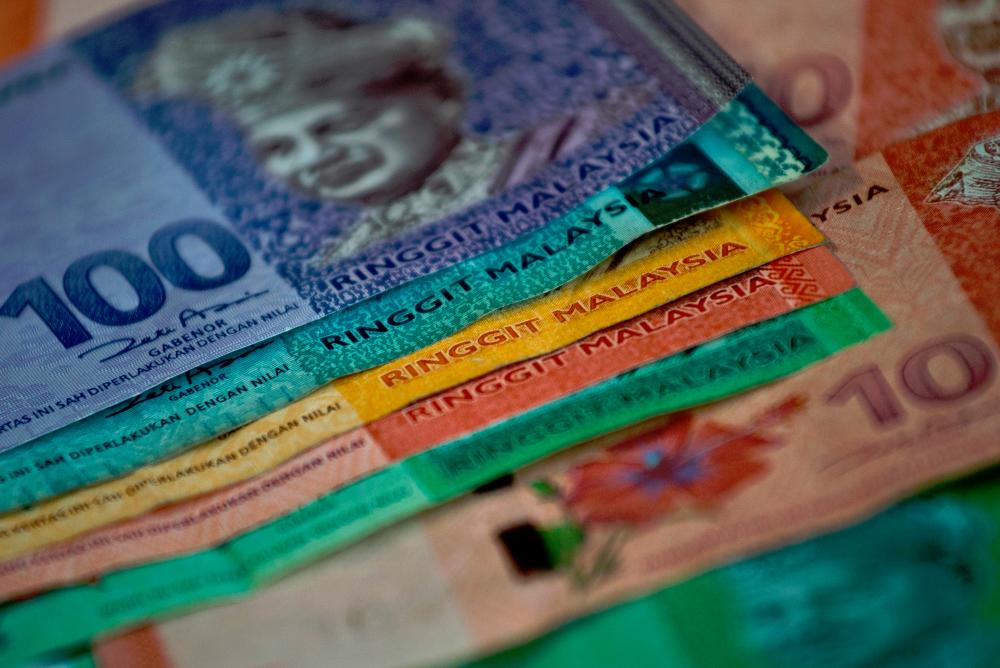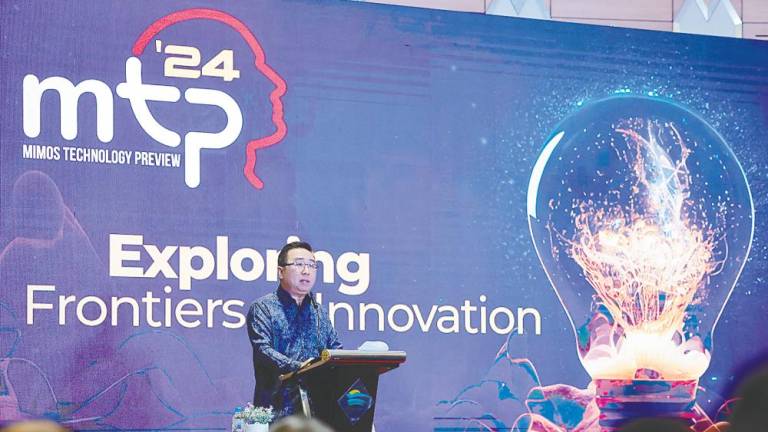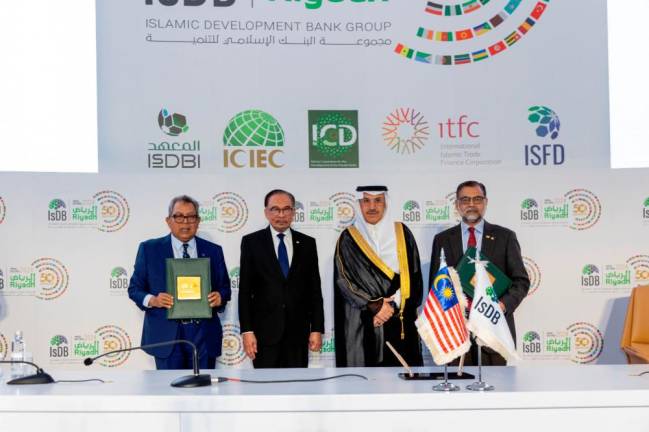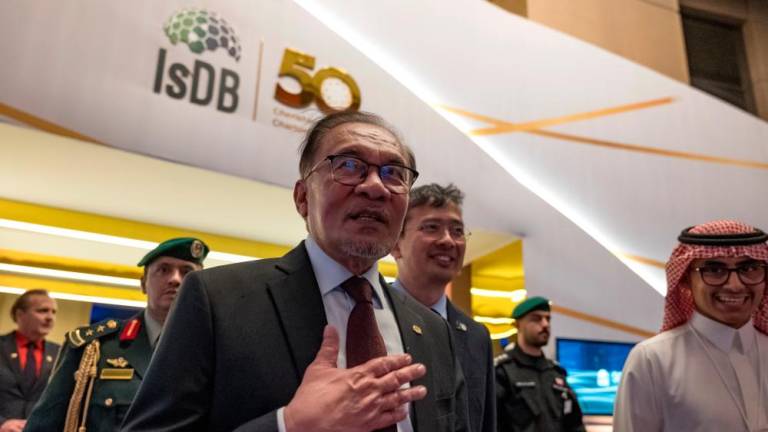PETALING JAYA: Financing growth of the Islamic banking sector is expected to come in at around 10-11% this year, with Islamic financing still anchoring the growth of the overall Malaysian banking sector.
According to RAM Ratings’ annual publication Islamic Banking Insight, Islamic banking continued to expand at a much faster pace of 11% compared with conventional loans which grew 3.3% last year.
As at end-January 2019, Islamic financing comprised some 32% of the overall system’s loans.
The rating agency said Islamic financing may take longer to achieve Bank Negara Malaysia’s 40% target for it as a proportion of the overall system’s loans by 2020.
“While it may require more time to attain the targeted 40%, the Islamic banking industry has come a long way in terms of maturity and breadth,” said RAM’s co-head of financial institution ratings, Wong Yin Ching.
RAM has maintained a stable outlook on the Malaysian Islamic banking sector, in line with its view on the overall domestic banking system.
Its main expectations for the Islamic banking sector this year include Islamic financing growth to hover around the low teens, asset-quality indicators to remain resilient and funding profile to strengthen in the lead-up to the implementation of the net stable funding ratio (NSFR) requirement.
It also expects a stable outlook on profitability despite slight margin compression as well as strong capitalisation.
RAM said asset-quality indicators of Islamic banks have remained relatively benign, with a gross impaired financing (GIF) ratio of 1.2% as at the end of January this year and an annualised credit cost ratio of 27 bps in the first nine months of 2018.
“That said, we note an uptrend in the absolute GIF of Islamic banks, which increased 13% in 2018. On the other hand, the implementation of Malaysian Financial Reporting Standards 9 (MFRS 9) has bolstered loss-absorption buffers; the Islamic system’s GIF coverage ratio had improved to 103% as at end-January 2019,” it said.
Although the moderation in economic growth may affect borrowers’ repayment capabilities and thus lead to an uptick in impairments, RAM said the asset quality of the Islamic banking industry is unlikely to deteriorate significantly.
In 2018, the Islamic banking system’s deposits expanded at 12.4%, following its commendable 14.2% growth in the preceding year. The bulk of the expansion stemmed from fixed deposits as banks are bracing for the implementation of the NSFR requirement.
“Despite the deferred adoption of the NSFR, margin pressure is unlikely to ease amid the ongoing keen competition for retail and SME deposits, as banks keep building up their funding bases.
“However, the overall outlook on profitability remains stable as banks keep a tight rein on operating expenses,” said RAM’s co-head of financial institution ratings, Sophia Lee.
As at end-January 2019, liquidity remained healthy with the industry’s liquidity coverage ratio standing at 143%. The Islamic banking system remains well capitalised, with respective common equity tier-1 and total capital ratios of 13.3% and 17.6% as at end-January 2019.











